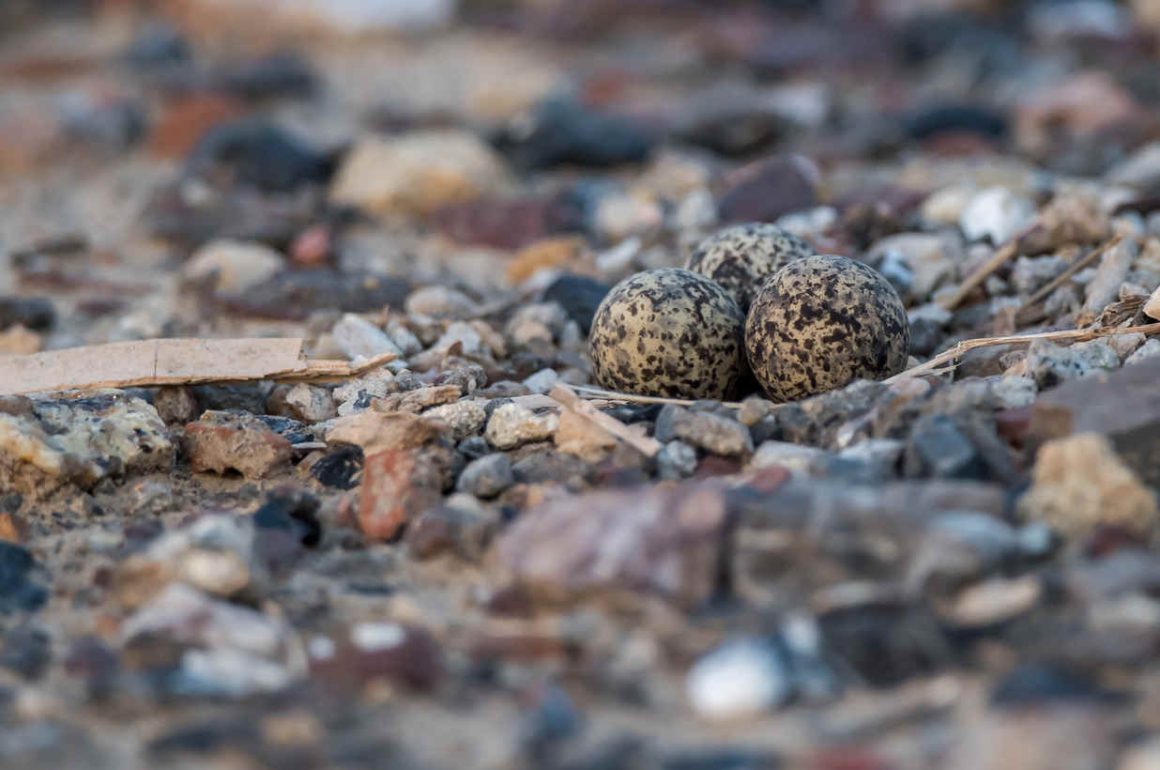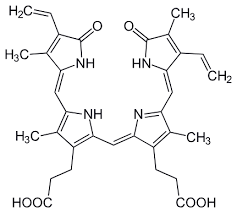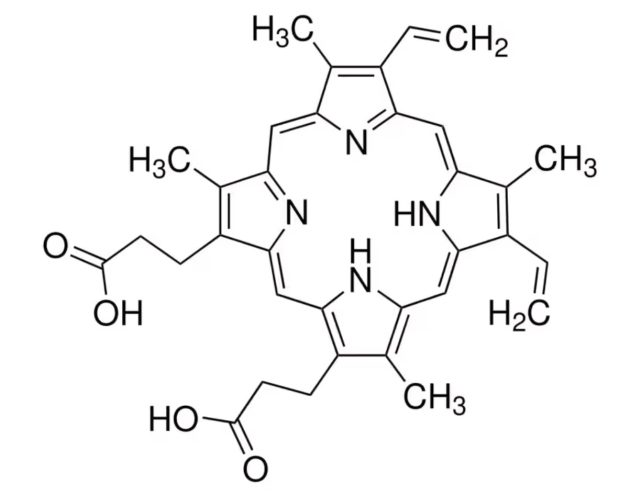
Eggshells consist primarily of an inorganic chemical, calcium carbonate – chemically, it is very similar to marble. It accounts for about 96% of the dry mass of eggshells. The remaining components include an organic matrix (2%) as well as magnesium, phosphorus, and various trace elements.
The organic matrix contains proteins with names such as ovocleidin-17, osteopontin, and ovotransferrin – all names derived from their function in the eggshell formation rather than from their chemical composition. These proteins control crystal growth, shell structure, and mineralization during the formation of the egg shell.
In laying hens, the process of shell formation takes around 20 hours. During that period, the hen needs to deposit about 5 grams of calcium carbonate (2 grams of pure calcium), which is about 10% of the total calcium in the hen’s body (generally, due to their economic significance, domesticated chickens are by far the best-studied of all birds). For smaller birds, this share may even be higher.
Not all of this calcium demand can be covered from the daily diet. While the calcium content of seeds is low, it is substantial in some insects and obviously in snails and molluscs.
In addition, egg-laying females may use calcium temporarily stored in a type of bone tissue named medullary bone. This tissue is only found in mature female birds and acts as a temporary and rapidly mobilized calcium reservoir that is formed under hormonal influence in the breeding season.
Some researchers hypothesized that eggs of parasitic birds such as cuckoos might have a different composition, but found no such differences.
What about the color or patterns on eggs? It almost exclusively comes from two pigments deposited in the eggshell during its formation: protoporphyrin IX and biliverdin. Both pigments are created in the breakdown of heme, an iron-containing compound found in hemoglobin.
Biliverdin is a blue-green pigment that, from a chemist’s perspective, is a linear tetrapyrrole. It is produced when heme is converted into the pigment and byproducts by an enzyme, heme oxygenase. It is a water-soluble pigment that can be deposited into the calcium carbonate matrix of the eggshell, giving it a blue to green color depending on its concentration.

Protoporphyrin IX is a brown-red pigment that, from a chemist’s perspective, is a cyclic tetrapyrrole, or more specifically, a porphyrin. It is an intermediate in the biosynthesis of heme. It is often laid in speckles or blotches on top of a light background, creating reddish-brown, brown, or (in high concentrations) almost black speckles.

Of course, many birds have eggs that are white, indicating that they lack pigment and consist only of calcium carbonate. Such white eggs are particularly common among cavity nesters such as woodpeckers, probably because there is no need for camouflage.
Sources:
- Eggshell composition
- Egg Composition of Parasitic and Non-parasitic Birds
- Medullary Bone
- Biliverdin
- Protoporphyrin IX
Photo: Eggs of Oriental Pratincole, Tiaozini, China, May 2021













Did the DDT/pesticides affect the shell thickness of raptor eggs through some effect on the medullary bone? What happened there? I think modern pesticides just kill all insects so that source of calcium (and food) will be gone soon.
My understanding is that the primary mechanism is the disruption of calcium metabolism at the eggshell gland, not directly at the medullary bone. Specifically, DDE, a metabolite of DDT interferes with an enzyme in the shell gland, which then reduces calcium transport into the eggshell.So, the medullary bone is not involved. It seems a good idea to cover the topic of the DDT effect on raptor eggs in a separate post of the series.